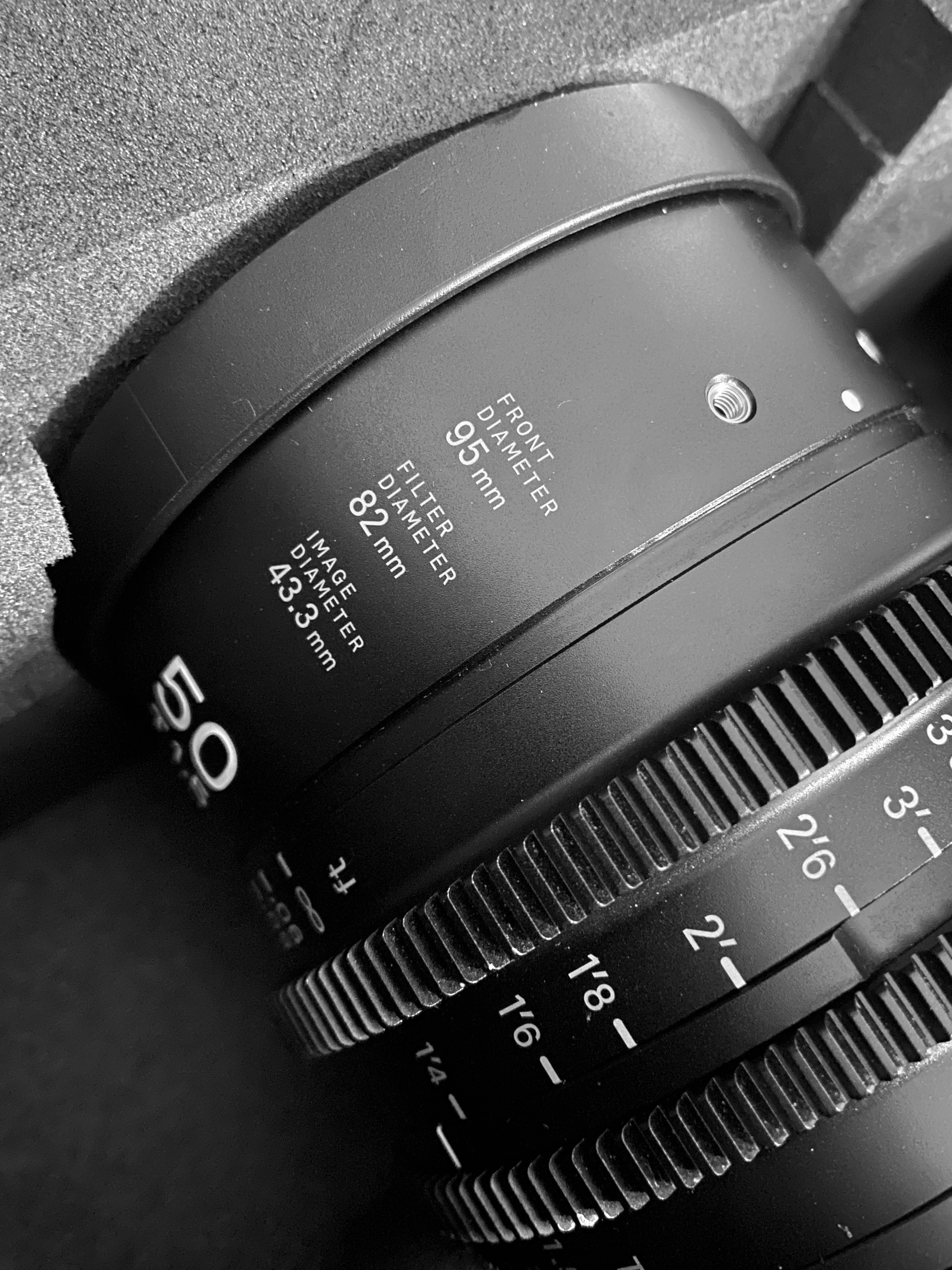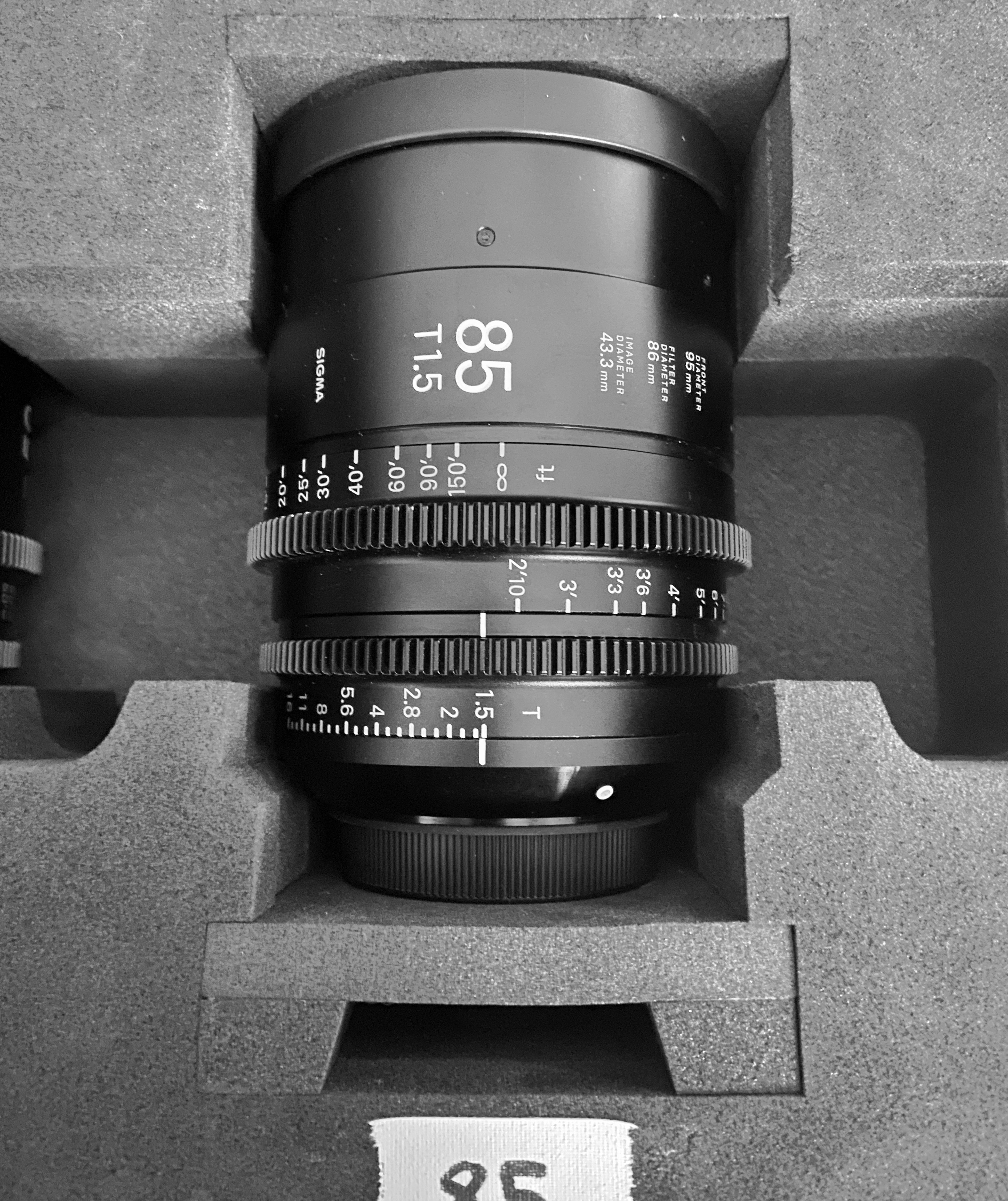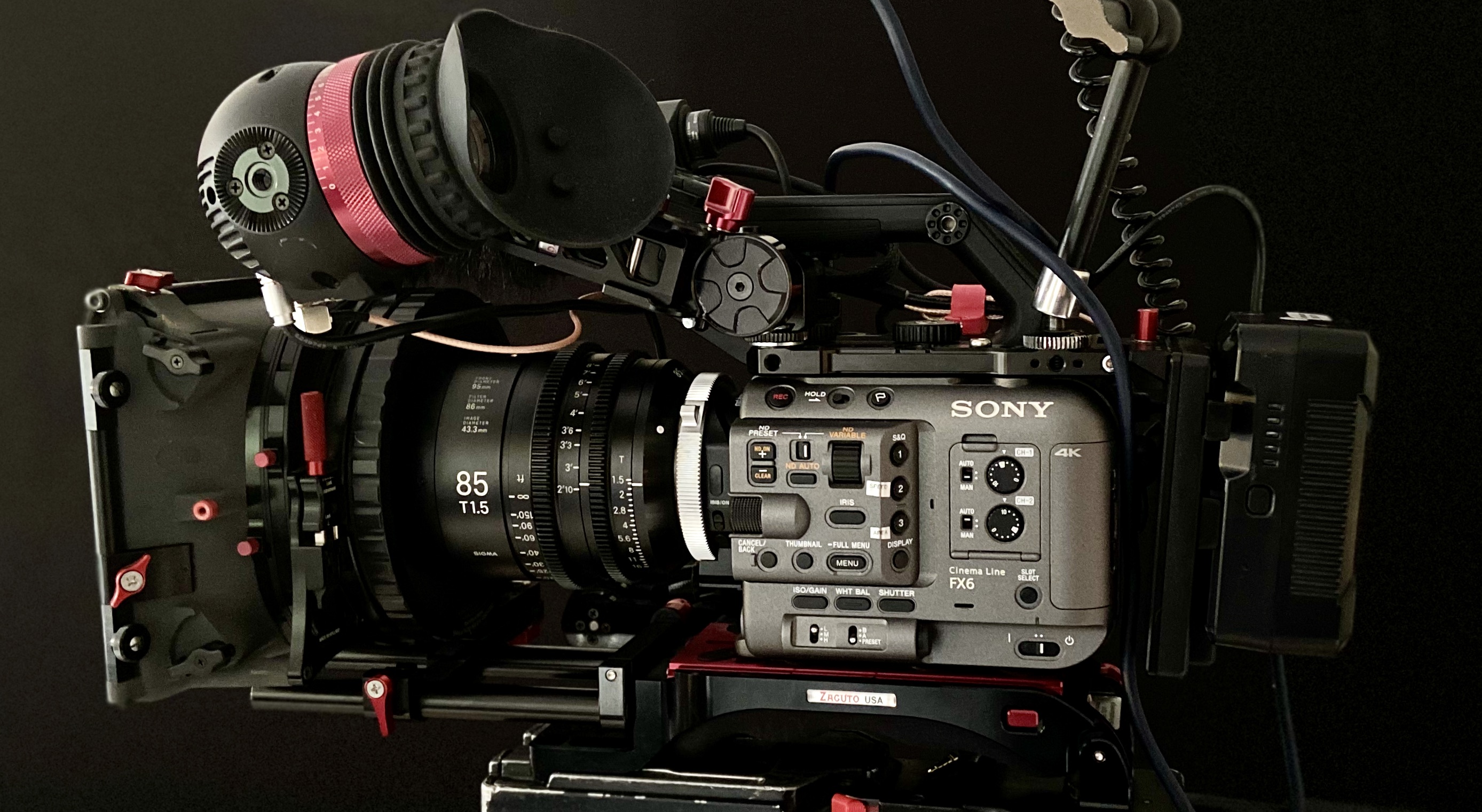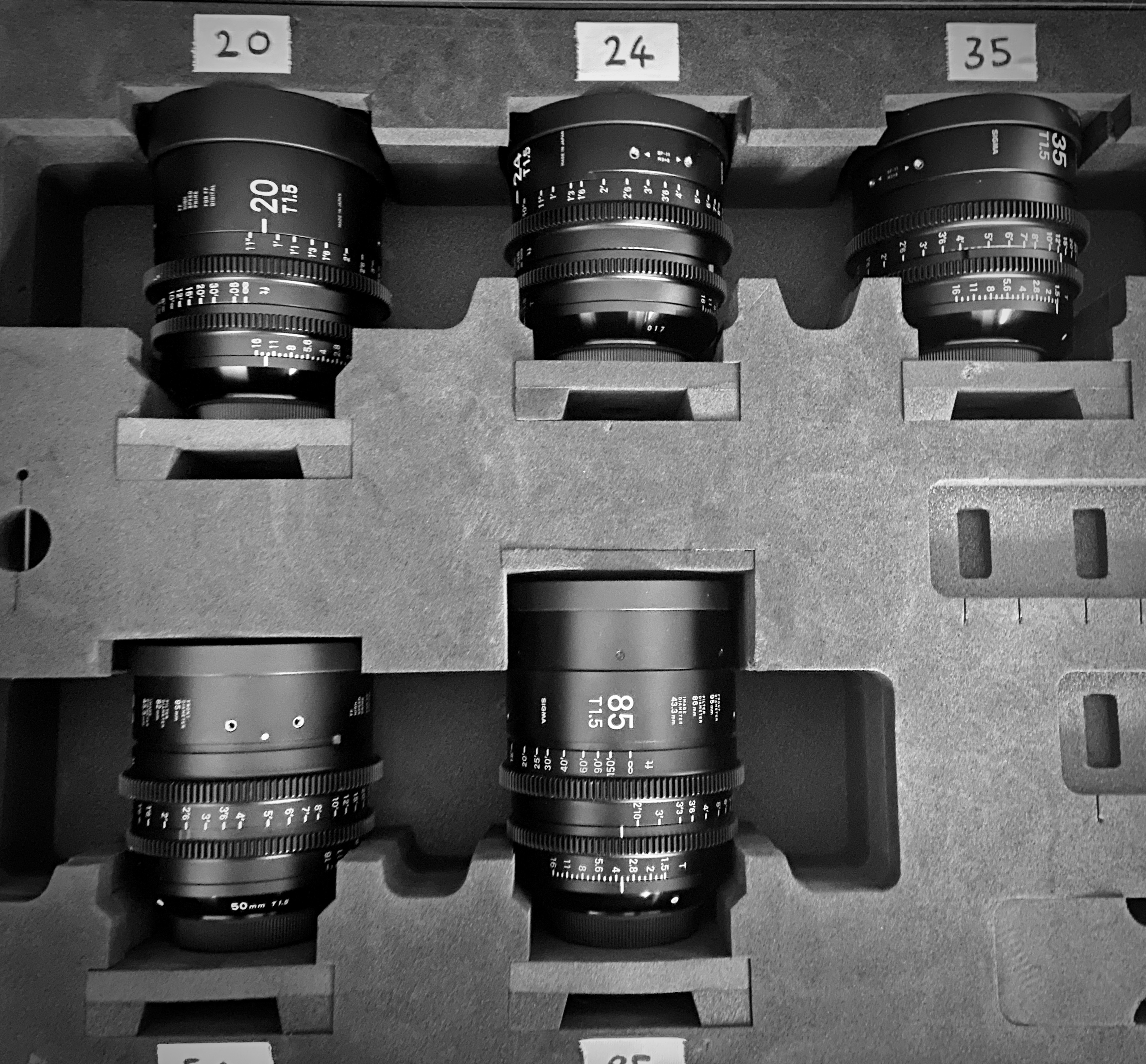Posted by Mark Bourdeaux on 6th May 2021
SIGMA FF High Speed Primes Review
SIGMA CINE LENS REVIEW By Mark Bourdeaux, Lighting Cameraman for Capitalcrewing.tv
When I was asked recently to take a look at a set of high-speed SIGMA CINE Primes, I jumped at the chance to get my hands on them! I already own a pair of the SIGMA CINE zooms (18-35mm and 50-100mm) that are my go-to option on many shoots. I love that they are so sharp, even when pushed wide open, and they are a great look for much of my broadcast work.


I already own a set of electronic SIGMA Art E-mount primes as I am now moving to full-frame shooting with the Sony FX9 and FX6. I have not had them for long, but I’m liking them a lot! I’m finding the autofocus helpful on occasion but also love the fact that the manual focus feels pretty good for a photographic designed lens. I still rely on manual focus most of the time as that is the look I prefer for most things, and I want to decide when I pull focus!
As you would expect from a good CINE Prime, the focus and iris gears are in the same place on each lens through the range, and they have a 9-blade iris, giving bokeh that stay spherical to the edge of frame even wide open. I was asked to try these on the new Sony FX6 and they certainly didn’t feel out of place on such a small camera, though I do have my FX6 rigged as a shoulder mount camera with a v-lock adapter on the back.

I received the FF (full frame) high speed prime set in 2 big flight cases, and I was impressed by the range covered and the spacing between them – from 14mm to 135mm. The full set consists of 14, 20, 24, 28, 35, 40, 50, 85, 105, 135, and they are fast! T1.5 - T2 through the range (only the 14mm and the 135mm are T2, the rest T1.5) so coupled with the FX6, and it’s phenomenal low-light performance, you will never be short of light again. (Oh, and they have luminous markings so you can see them in the dark).

The SIGMA specs say they are designed for 6-8k shooting, and from what I saw, you will be happy with the resolution. If anything, the criticism I would aim at the SIGMA lenses I am familiar with is that they can be too sharp, and maybe lack the “faults” and individual character of some other lenses. Having said that, I did think these felt more gentle and less clinical than the SIGMA lenses I am used to.

In my tests, I saw the flares and internal reflections from bright sources are sometimes on the green side, but they do have a bit of gentle bloom to them. John Dalton, DOP/Cameraman who has owned several of these for a year now, had this to say about the lenses: “The build quality is impeccable, and I like that they are not overly bulky but are impressive to the (client’s) eye. My main reason for choosing the SIGMAS over all other CINE lenses in a similar price bracket was its strong focus retention at wide open - best in class - others really struggle around the edges when fully open. So, in short, it is the sharpness of picture that the SIGMAS offer that I like the best - and the trust in crisp focus when fully open. It sounds weird but I like how the lens gives a nice traditional flare but defends against it quite well - you almost have to force it to produce the flare.”

They are a reassuringly solid, metal build without being crazy heavy, and they have beautifully smooth rotation on the rings. As you would expect, the focus ring has 180-degree rotation, suited to follow focus (0.8 pitch gears).
They come in PL, EF, or E mount so you can put them on pretty much any camera, but I’d personally always go for EF or PL because if you choose E-mount then they would only go on an E-mount camera. These lenses will outlast your camera many times over, so I’d prefer to keep my options open, though I believe SIGMA can change the mounts retrospectively if you hate adapters!
Learn More About The SIGMA CINE Primes + Get Up To 12% Off When Purchasing Multiple Lenses By Clicking The Link Below

